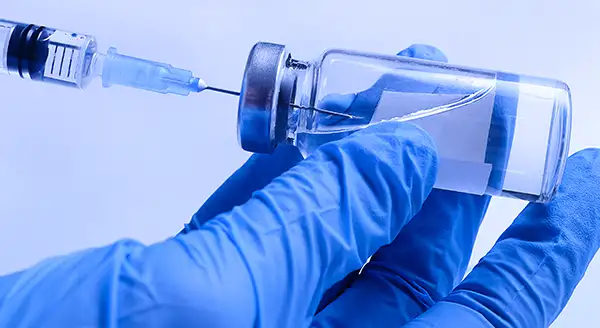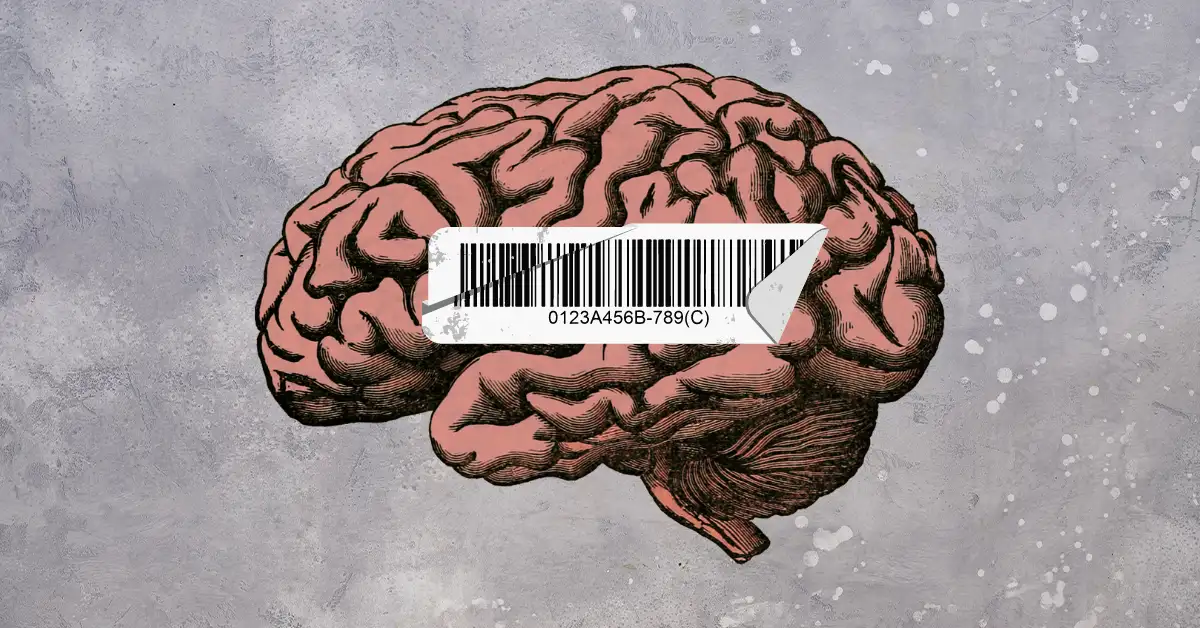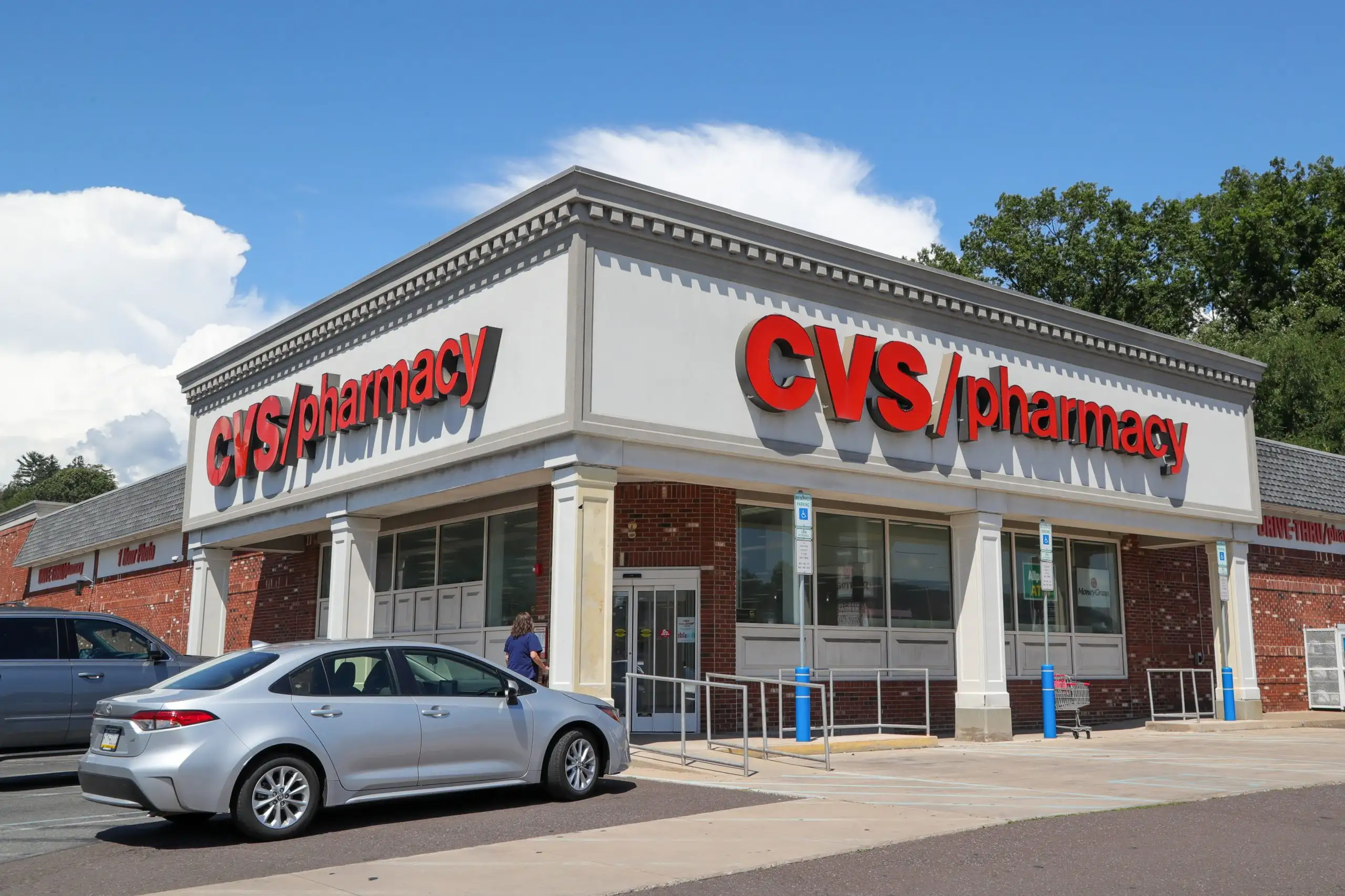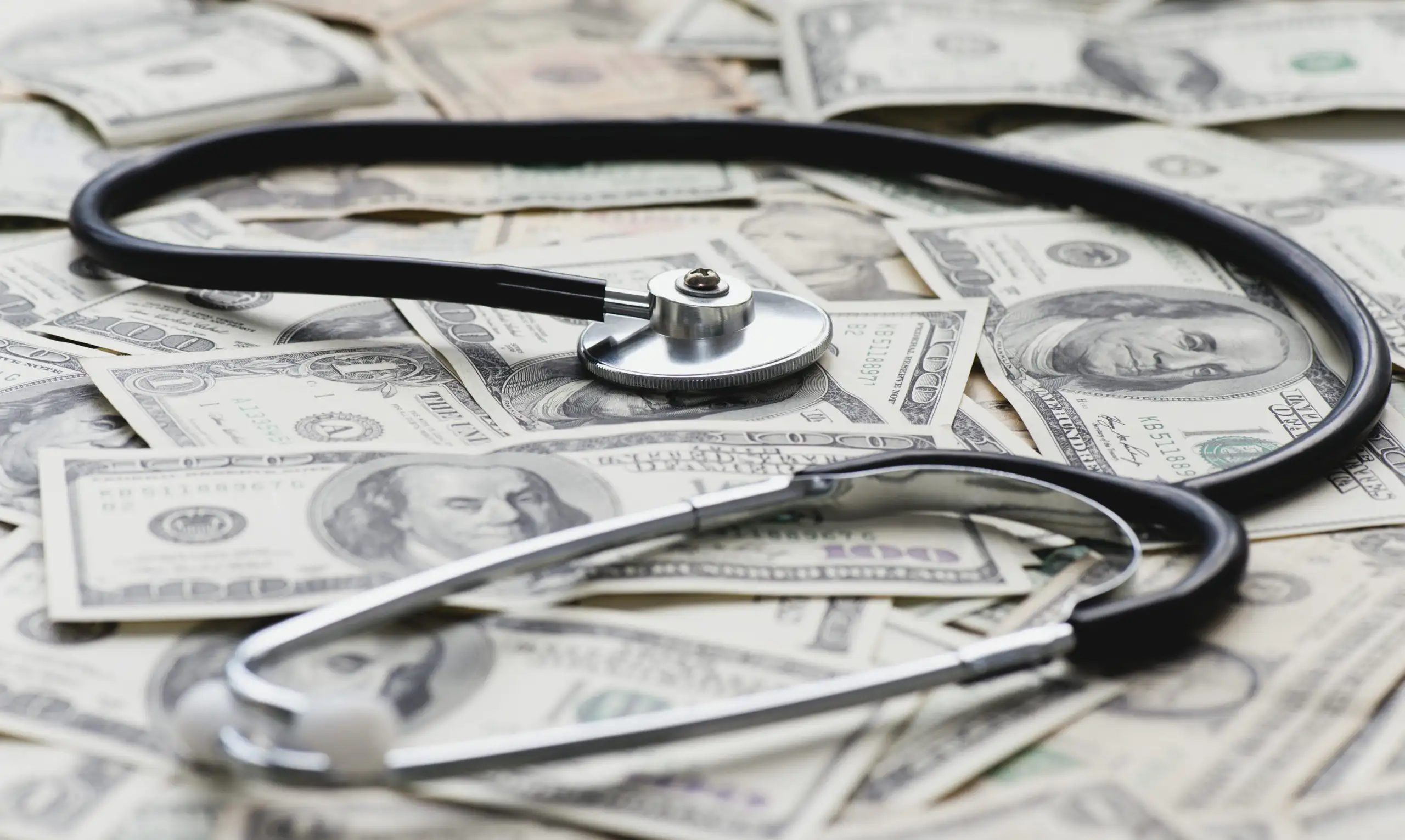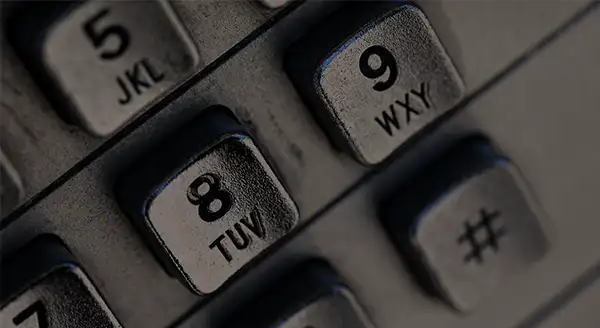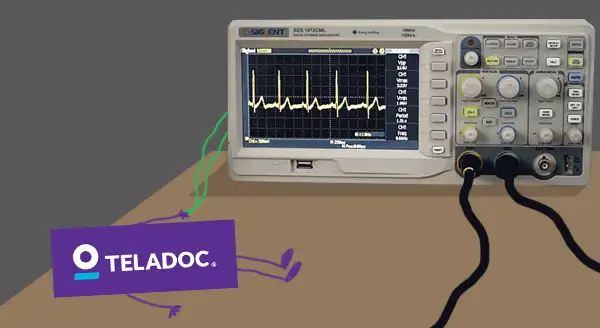Remember that show about a schoolteacher who became a meth kingpin to cover his medical bills? New Zealand’s Walter White wouldn’t have done that.

But in the US, 41% of American adults carry medical debt, according to research from Kaiser Health News and NPR.
Some may not have appeared in past surveys or estimates due to how people deal with it — for example, 17% of people shuffle their debt to credit cards, while 21% pay over time directly to a provider.
How much debt are we talking?
The survey found that 42% owe $1k-$5k, while 24% owe more.
What that feels like depends on each debtor’s situation, and those who are low-income, uninsured, Black, Hispanic, women, or parents are often hit hardest.
Eighteen percent of debtors fear they’ll never pay it off. And debt has branching effects:
- 48% of debtors say they’ve burned through their savings to pay down debt, and many put bills on credit cards, which rack up interest
- 1 in 7 debtors say they’ve been denied needed care due to unpaid bills
- People who owe medical debt are 2x as likely to skip care
- Many debtors have delayed college and homeownership, or have had issues buying a car or renting an apartment
What can be done to treat it?
Medical bills can often be shockingly high, even for the insured.
- In 2020, a woman went to an in-network center for surgery, but was surprised by a $2k bill because the anesthesiologist wasn’t in-network.
The No Surprises Act seeks to prevent this, banning out-of-network bills for emergency care, supplemental care (e.g., anesthesiology, radiology), and out-of-network providers working at in-network facilities.
New transparency laws also require hospitals to post rates for 300 common services. However, as of February, only ~14% were compliant, per CNBC.
And the core issue remains: People can’t afford care, as both medical costs and deductibles have steadily increased.
BTW: Consumer Reports has some tips for avoiding high medical bills and dealing with them should they occur.




